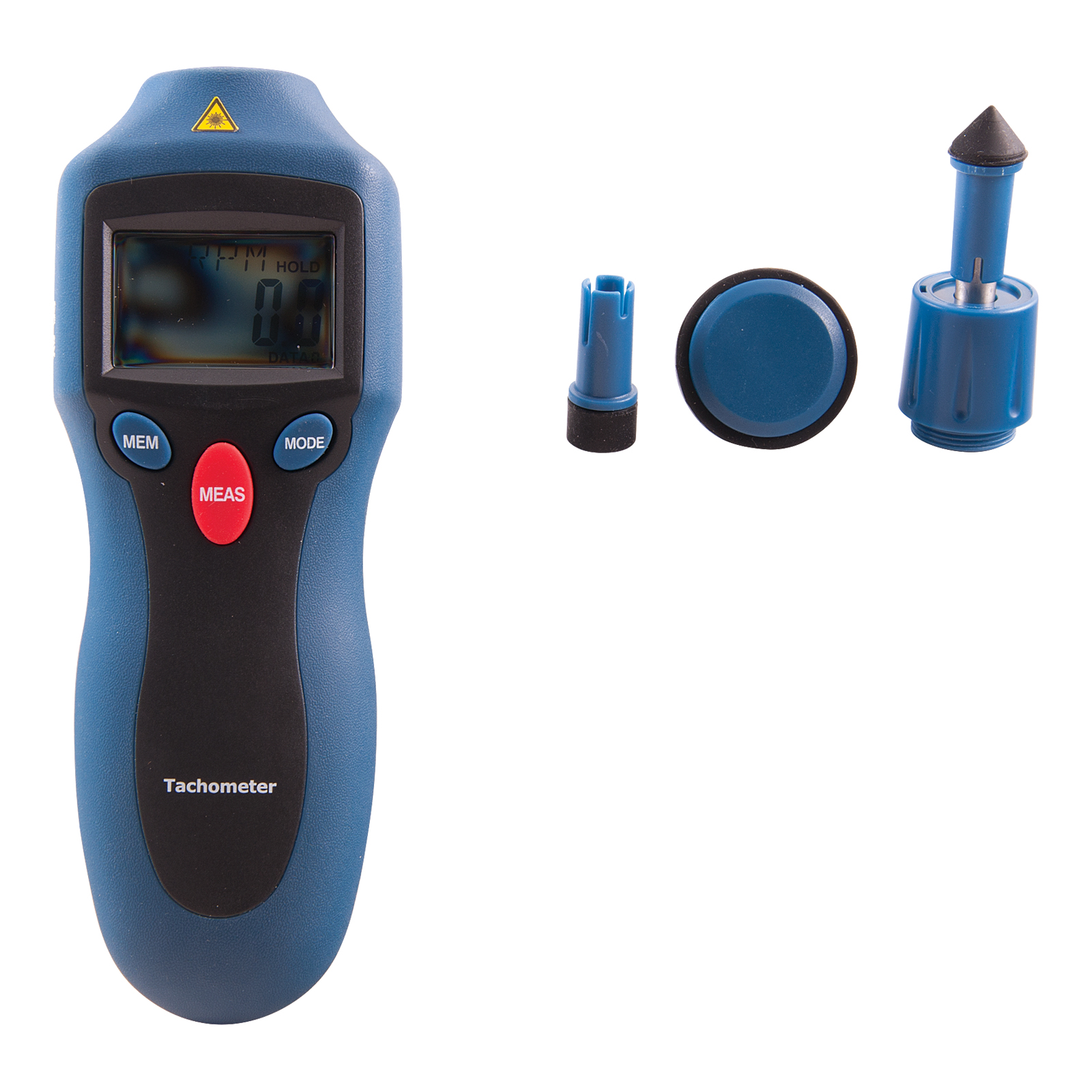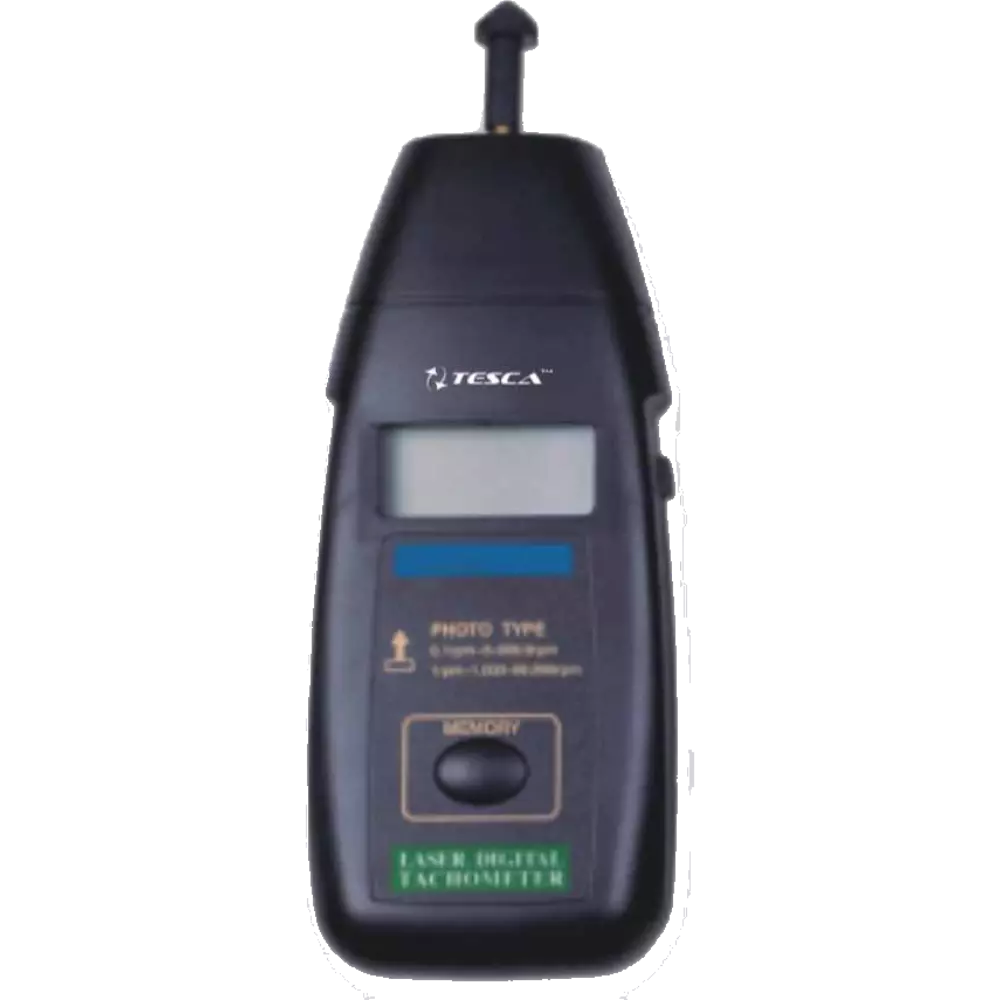Tachometer Fundamentals: Whatever You Need to Know for Accurate Readings
Tachometer Fundamentals: Whatever You Need to Know for Accurate Readings
Blog Article
Opening the Tricks of Tachometers: Everything You Need to Understand About This Essential Tool in Your Car
Understanding the intricacies of tachometers can give beneficial understandings into your automobile's performance and maintenance needs. From determining engine speed to deciphering the information it provides, tachometers act as a crucial device for car owners and fanatics alike. By unwinding the secrets behind this crucial instrument, you can unlock a wealth of info that can boost your driving experience and make certain the longevity of your automobile.
Importance of Tachometers
The value of tachometers hinges on their ability to supply vital real-time data regarding an engine's rotational rate, permitting exact monitoring and upkeep of machinery. By gauging the revolutions per min (RPM) of an engine's crankshaft, tachometers provide beneficial insights right into the engine's performance - tachometer. This information is important for making certain that the engine operates within its ideal range, preventing possible damage from over-revving or underperforming
Tachometers play an essential role in assisting drivers and specialists identify any type of abnormalities in the engine's rate, which could suggest concerns such as fuel ineffectiveness, mechanical troubles, or excessive stress on the engine. By without delay identifying these problems via tachometer analyses, maintenance can be carried out proactively, protecting against costly repair work and downtime in the lengthy run.
Moreover, tachometers are particularly vital in high-performance lorries and machinery, where precise control over engine speed is needed for ideal procedure. Competing cars, aircraft, and industrial equipment depend on tachometers to provide peak performance while preserving security criteria. In significance, tachometers are not simply tools for gauging rate yet crucial tools for ensuring the smooth and efficient operation of engines across numerous applications.
Just How Tachometers Measure Engine Rate
Making use of sensors that detect the regularity of electrical pulses generated by the engine's ignition system, tachometers properly determine the rotational rate of an engine. By keeping an eye on the rate at which these pulses are obtained, tachometers supply real-time feedback on just how fast the engine's crankshaft is revolving per minute, commonly described as revolutions per min (RPM)
The tachometer's sensor, usually linked to the engine's ignition coil or trigger plug cables, picks up the electrical signals produced each time a cyndrical tube fires. These signals are then exchanged RPM readings showed on the scale or instrument collection within the vehicle driver's view. Tachometers can be analog or electronic, with modern automobiles commonly including electronic displays for specific and instantaneous RPM analyses.
This information is important for drivers to comprehend the engine's efficiency, prevent over-revving, enhance equipment shifting, and make sure efficient fuel intake. By precisely gauging engine speed, tachometers play a crucial duty in read this article helping chauffeurs run their vehicles safely and effectively.
Analyzing Tachometer Readings
Having a clear understanding of exactly how tachometers gauge engine speed sets the structure for properly interpreting the RPM readings displayed. Translating tachometer analyses is critical for optimum vehicle performance and engine health and wellness. RPM (Transformations Per Min) analyses on the tachometer show the rate at which the engine's crankshaft is revolving. When the engine is idling, the tachometer needle generally relaxes around 600-1000 RPM, depending on the car. As you speed up, the RPM will certainly boost, mirroring the engine's greater rotational rate. When moving equipments in a hands-on transmission automobile, the RPM will certainly go down as you involve the clutch and modification equipments, after that increase once again as you speed up in the new gear. Checking the tachometer can help you identify one of the most efficient shifting indicate optimize gas economic climate and engine power. Furthermore, uncommon fluctuations or regularly high RPM readings could show potential issues with the engine that might call for specialist focus. By focusing on the tachometer readings and comprehending exactly how to interpret them, you can guarantee your lorry operates smoothly and successfully.


Tips for Making Use Of Tachometers Efficiently
To boost driving effectiveness and optimize engine performance, what trick methods can be implemented for successfully utilizing tachometers? Tachometers are vital tools that supply real-time feedback on engine speed, making it possible for chauffeurs to make enlightened decisions for better efficiency - tachometer. Here are some pointers for using tachometers effectively:
Understanding Optimum RPM Range: Acquaint yourself with the ideal RPM (Changes Per Minute) variety for your lorry. This range varies in between various automobiles and is generally indicated in the owner's handbook. Maintaining the engine within this array can improve their explanation fuel effectiveness and lengthen the engine's lifespan.
Changing Equipments at the Correct Time: Use the tachometer to determine the very best time to move gears. Upshifting prematurely or as well late can lead to lowered performance and efficiency. Purpose to change equipments when the RPM gets to the optimum array for the following equipment.
Keeping An Eye On Engine Stress And Anxiety: High RPMs for long term durations can strain the engine. Watch on the tachometer to avoid over-revving, especially throughout velocity or when bring heavy loads.
Tachometers and Vehicle Upkeep
When taking into consideration lorry upkeep, tachometers play an important function in keeping track of engine performance and identifying possible get more problems. Tachometers offer important information on engine rate, enabling drivers and technicians to make sure that the engine is operating within the recommended RPM array. On a regular basis keeping track of the tachometer readings can assist identify troubles such as engine misfires, damaged spark plugs, or concerns with the fuel delivery system. By focusing on the tachometer, chauffeurs can prevent extreme strain on the engine, which can bring about expensive repairs down the line.
In enhancement to spotting possible issues, tachometers can likewise assist in optimizing fuel performance. By keeping the engine speed within the optimum variety, motorists can improve their gas mileage and decrease gas consumption. This not only profits the driver's purse but likewise adds to ecological preservation by decreasing harmful emissions.
Final Thought

Report this page